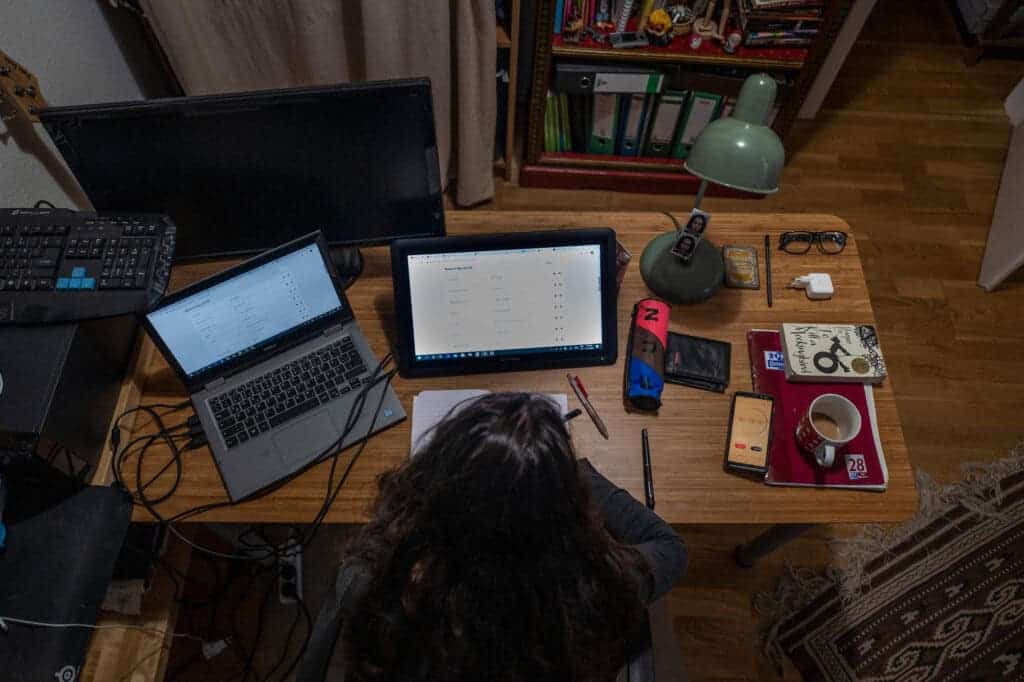With most people staying at home across the world due to the coronavirus pandemic, a big increase in internet traffic has been registered, leading to worries about the resilience of the infrastructure. These fears appear to be unfounded, according to a new report.

The network equipment maker Nokia looked at usage data from Nokia Deepfield Network Analytics report, specifically for the week of March 23, just after stringent restrictions were imposed across Europe and the United States to try and curb the spread of the new coronavirus.
Web traffic spiked by up to 50% immediately after millions of people were directed to stay at home, sparking fears that networks would not be able to cope with the surge. But since then, “we have seen the stabilization of peak demand, with manageable traffic growth,” the report by Nokia’s Deepfield analytics arm said. Workers are turning to data-heavy video conferencing apps, which create a lot of internet traffic across all regions. Nevertheless, networks are handling the increase well.
Verizon, Cox, and AT&T built more cell sites to strengthen mobile networks, also increasing the number of fiber connections on their network backbones, and upgrading the routing and switching technology that lets devices talk to one another and share an internet connection.
In Europe, Orange has doubled the capacity of its undersea internet cables. In Italy, where home internet use is up 90%, Telecom Italia said its technicians continued to make repairs and add capacity. Vodafone said it had increased its capacity 50% in recent weeks through a mix of software solutions.
Weekday online traffic surged in the mornings after the movement restrictions were imposed, but fluctuated less than before the lockdowns, report author Craig Labovitz said. “There are no afternoon lags that were the result of the afternoon commutes from workplaces to homes,” he added.
For example, the video conferencing app Zoom — which has emerged as a favorite way for many workers, families, and friends to stay in touch online— has seen its traffic increase as much as 700% on some US networks, the report said. Video streaming also saw a big hike, with Disney+ responsible for 18% of video streaming traffic. The report pointed out that Disney+ does not appear to have followed other video-on-demand services such as Netflix, YouTube, and Amazon Prime in reducing their streaming quality in Europe to allow for the increased usage without increasing bandwidth requirements.
Although infrastructure has enough capacity to deal with the coronavirus-triggered surge in demand for now, Dexter Thillien, a senior industry analyst at Fitch Solutions, told CNBC there could be trouble ahead.
The big uncertainty going forward, he says, is not knowing how long the pandemic — and the nationwide shutdowns it has caused — will last. If engineers are required to self-isolate, for instance, this may make it harder for telecommunications companies to maintain the copper and fiber cables and other equipment needed.






